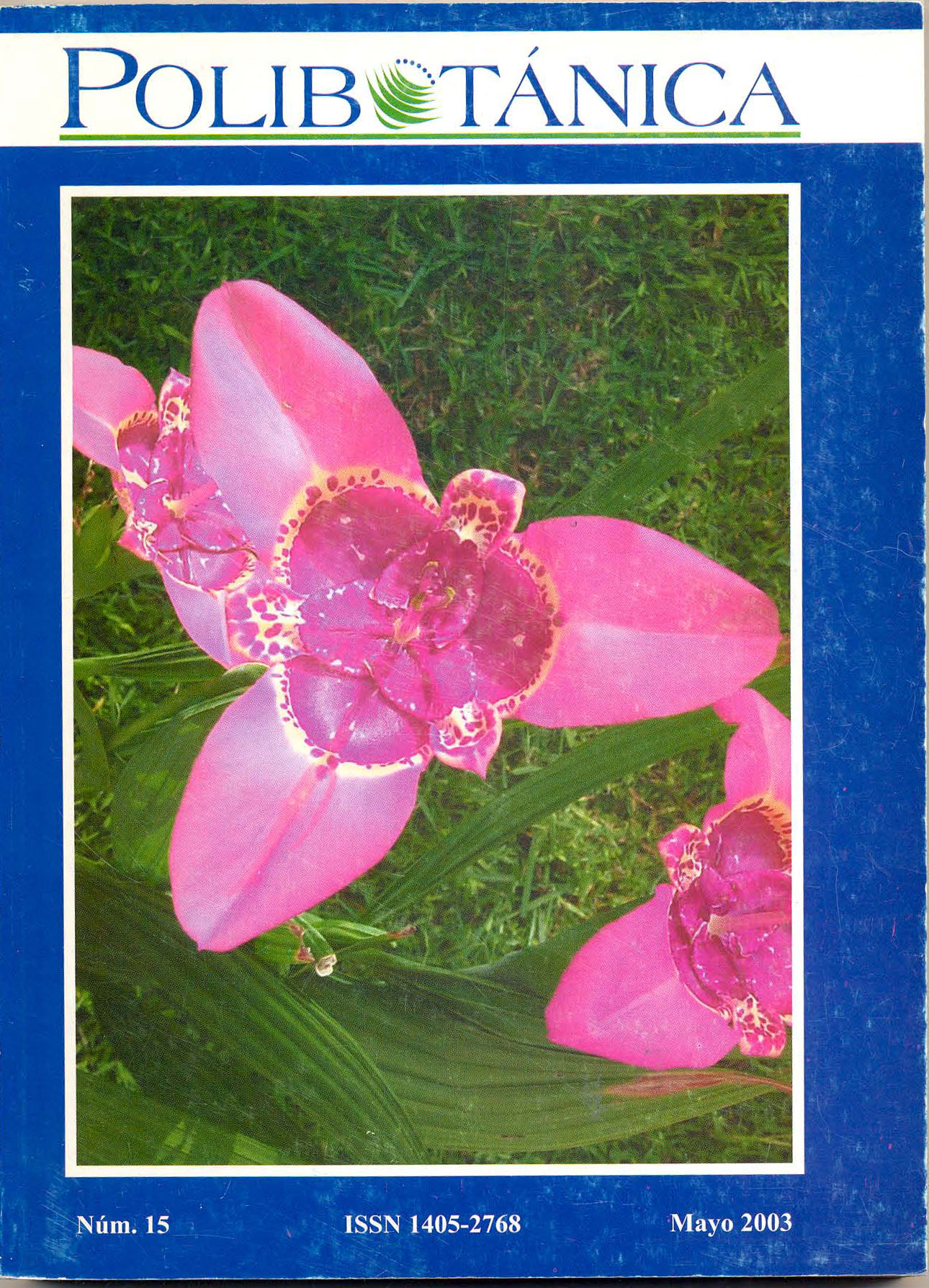FLORA Y VEGETACIÓN DE LA SIERRA CRUZ TETELA, VERACRUZ, MÉXICO
Abstract
The primary and secondary plant
communities of the Sierra Cruz Tetela are
described. This mountain range extends from
the central portion of the State of Veracruz,
Mexico, up to the border of the State of
Oaxaca. Covering a surface area of
approximately 200 km², topographically, its
terrain is rough, uneven and abrupt. Formed
from limestone, altitudes in these mountains
range between 250 m and 850 m above sea
level. Soils are shallow, dark brown in color,
and contain abundant organic material. The
prevailing climate is hot and humid. Summer
rains are influenced by the monsoon
season, however, a prolonged hot, dry
period often punctuates the monsoon cycle.
These extreme conditions produce an annual
mean temperature, as well as a general
climate, similar to that encountered in the
Ganges River Valley in India.
The floristic sample was taken throughout
the four seasons of the year. The
classification of Miranda and Hernández
(1963) was used to differentiate the plant
communities present in the study zone. Rain
forest was found to be the dominant
vegetation. This community came into
contact with: (1) areas of cloud forest located
al higher altitudes in the mountains, (2)
riparian vegetation along rivers, and (3)
perturbed areas of secondary vegetation
(abandoned fields). 569 species
corresponding to 110 families, including
native and cultivated species.
Downloads
Published
Issue
Section
License

Polibotánica by Departamento de Botánica de la Escuela Nacional de Ciencias Biológicas del Instituto Politécnico Nacional se distribuye bajo una Licencia Creative Commons Atribución-NoComercial-CompartirIgual 4.0 Internacional.




















